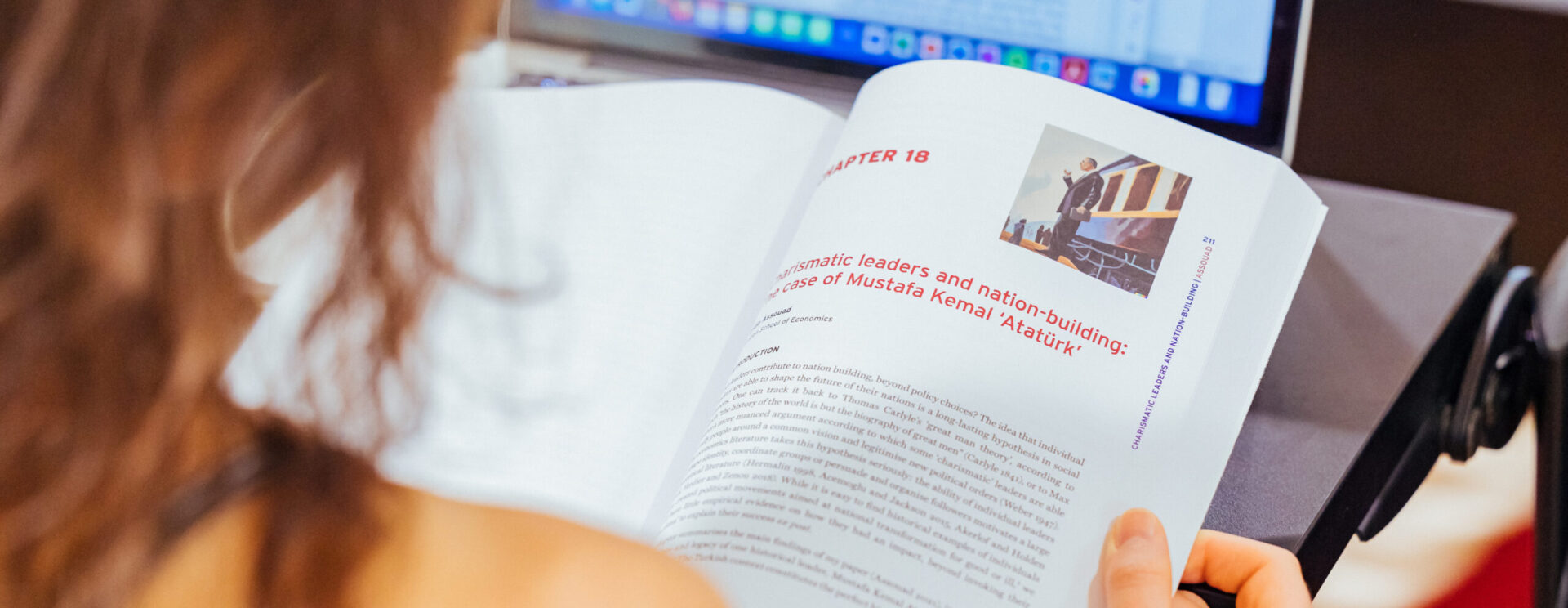Lung injuries after stereotactic irradiation : preclinical modelling and radiopathological aspects
Thesis: Pulmonary stereotactic radiation therapy uses high doses per fraction (6 to 20 Gy). Despite the decrease in irradiated volumes, patients still develop side effects as lung fibrosis. The lack of radiobiological data for high doses per fraction exposure remains an issue. The purpose is therefore to acquire, in vivo, original data in pulmonary radiopathology thanks to the SARRP. Effect of the irradiation volume is characterized by 4 different beam collimations at a dose of 90 Gy. The 3×3 mm² collimator allows observing radiation induced pulmonary fibrosis requiring depletion of club cells and reactive proliferation of type II pneumocytes. Dose effect study was conducted using a single dose range (from 20 to 120 Gy, 3x3mm²). A dose of 60 Gy is required to generate fibrosis. Study of fractionation effect show that a minimum BED3Gy (Biological Effective Dose) of 200 Gy was required to observe pulmonary fibrosis in mice. In vitro, different pulmonary cell lines were irradiated at variable doses per fraction but constant BED. Analysis of 44 genes suggests an epithelial to mesenchymal transition process. At constant BED, there is no significant effect of dose per fraction in our model.
Keywords
- Stereotactic body radiation therapy
- Preclinical modeling
- Lung fibrosis
- Lung
Issuing body(s)
- Sorbonne Université
Date of defense
- 27/11/2019
Thesis director(s)
- Agnès François
URL of the HAL notice
Version
- 1
